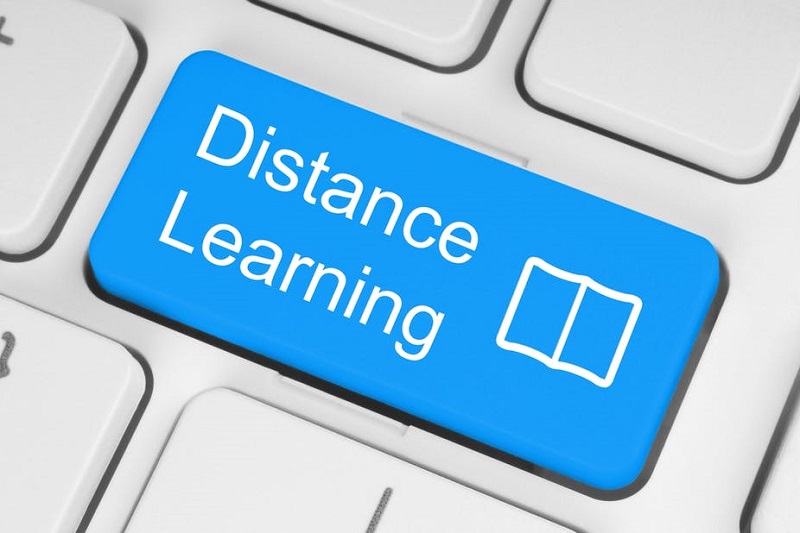
25 Mar Distance education, what advantages and what disadvantages?
In the current health, scenario experienced, ensuring flexible and quality pedagogical continuity is a key subject in order to counter the risks of dropping out of school and to allow everyone the right to learn.
Unfortunately, many schools have temporarily closed their doors to ensure the health safety of students, staff, and teachers since the onset of Covid19. However, the teaching did not stop, the teachers had to adapt to the situation and take advantage of digital and tice tools to continue teaching even remotely, giving lessons and maintaining the link with their students.
Therefore, for higher education institutions, distance education has emerged as an alternative in this particular health context. Distance education is increasingly emerging as schools are closed due to contamination, in order to avoid spreading the pandemic.
Today distance education applies at different levels: work training or scientific popularization, literacy campaigns, and also formal education at all levels and areas of the education system, which cover a variety of subjects. . However, the effectiveness of distance education has two aspects and cannot be viewed without ambiguity.
Benefits of distance education
Distance education is particularly relevant in light of recent events in which the world is facing a pandemic. Despite the absence of a physical link between the teacher and his students, distance courses allow learning to be provided in asynchronous time and place. Unlike face-to-face teaching, the educational content is accessible anytime and anywhere. All you need is a WI-FI connection and a computer or tablet.
With distance education, students develop new abilities such as autonomy and a sense of responsibility, but also new skills such as managing a project for a defined period of time.
Also, another case which is a problem for the pupil is his difference. This could be, for example, a physical disability. Through distance learning mode, students with disabilities can be educated while staying at home.
For teachers, the distance class reduces their workload. For example, they spend fewer hours filing cases to spend more time engaging each student on an individual level.
In addition, distance education is also an excellent economical solution. The costs of transport, canteens, or any other financial need are no longer necessary.
Disadvantages of distance education
Distance increases the demands, it requires more autonomy and self-control. Students must learn to manage this distance which they are not used to. The younger the pupils, the less rigorous they are, and the more they must be supervised, in particular by instructions which say precisely what to do and which sometimes request the presence of parents. Indeed, in full development, the child needs to be followed and to be morally supported.
However, this temporary situation is not to be feared and the children have a great capacity for adaptation. The distance school will be an experience that will give students autonomy, responsibility, and self-confidence.
Digital tools to the rescue of schools
Digital technology is today the main pillar for continuing to ensure student learning and instruction. Moreover, many schools have already mobilized digital resources to continue to encourage and engage students and teachers, even from a distance. Some have chosen an interactive touch screen with its special videoconferencing system, its camera and microphone, its OPS, and its various supports making its use more comfortable. This type of interactive pack makes it possible to reproduce in a fairly identical way what could happen in class. Of course, distance education will never replace the classroom and direct contact with teachers. Nevertheless, we can recreate the link between the teacher and the students with virtual video conferencing classes. In this way,
Devices such as interactive screens also make it possible to create more attractive and dynamic lessons. You can change colors at will, you can integrate sound, images, and videos, such as geography maps and timelines. Beyond the live broadcast of lessons, the interactive screens also offer the possibility of recording everything that happens on the screen in the desired formats, and sending them by e-mail or sharing them on dedicated platforms. . Thus, the students will be able to reread the lessons or even review the exercise corrections whenever they wish.
Without a doubt, face-to-face education offers a better social experience compared to distance education. But the latter constitutes a better alternative against dropping out of school during the period of confinement. New digital technologies, such as interactive screens, have greatly helped teachers to teach and students to learn.
